Table of Contents
Introduction
Choosing the right spices is essential for transforming meat dishes from ordinary to extraordinary. This guide provides direct answers to the most common questions: which spices work best for beef, chicken, pork, lamb, and seafood, along with expert tips on seasoning, storage, and cooking techniques to achieve restaurant-quality flavors at home.
| Meat Type | Best Spices | Flavor Profile | Usage Tip |
|---|---|---|---|
| Beef | Black pepper, garlic powder, smoked paprika, cumin | Robust, savory, smoky | Apply dry rub 1-2 hours before grilling for deep flavor penetration. |
| Chicken | Oregano, thyme, lemon pepper, paprika | Herby, citrusy, mild | Marinate for 30 minutes before baking or grilling for tender results. |
| Pork | Cinnamon, cloves, allspice, sage, fennel | Sweet, warm, savory | Use in spice blends for slow-cooked chops or ribs to balance richness. |
| Lamb | Mint, rosemary, cumin, coriander | Earthy, aromatic, slightly sweet | Rub on chops before grilling or add to marinades for Mediterranean-style dishes. |
| Seafood | Dill, parsley, tarragon, lemon zest | Fresh, light, delicate | Add fresh herbs at the end of cooking to preserve flavor and texture. |
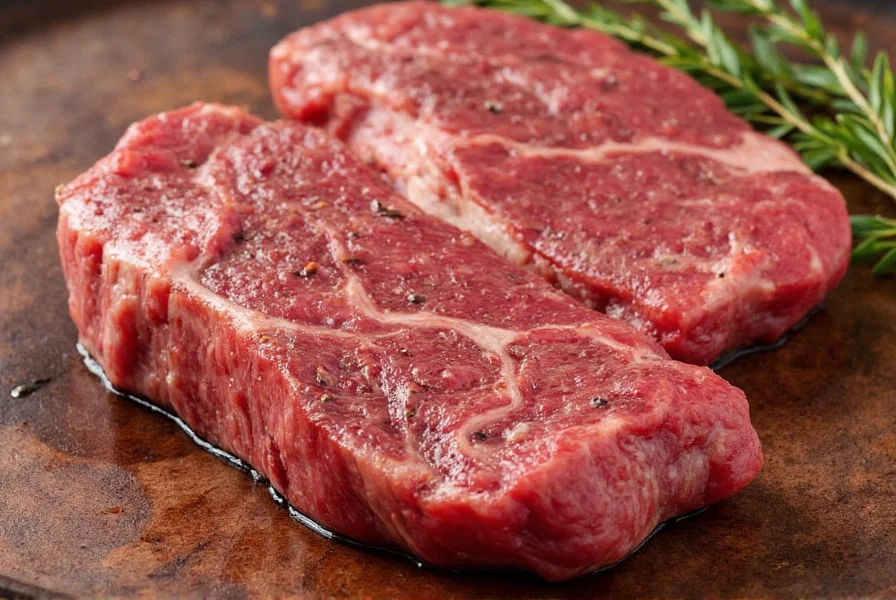
Spice Basics for Meat Lovers
Understanding fundamental spice properties is key to mastering meat dishes. Each spice brings unique characteristics that complement specific meats:
- Paprika: Adds smoky or sweet notes; smoked paprika enhances grilled meats while sweet paprika works in sauces.
- Cumin: Earthy and warm; essential for beef tacos, chili, and Middle Eastern dishes.
- Oregano: Herby and slightly bitter; perfect for Italian-style marinades and tomato-based sauces.
- Garlic Powder: Savory and pungent; ideal for dry rubs when fresh garlic isn't practical.
- Black Pepper: Sharp and peppery; a universal complement to all meats when freshly ground.
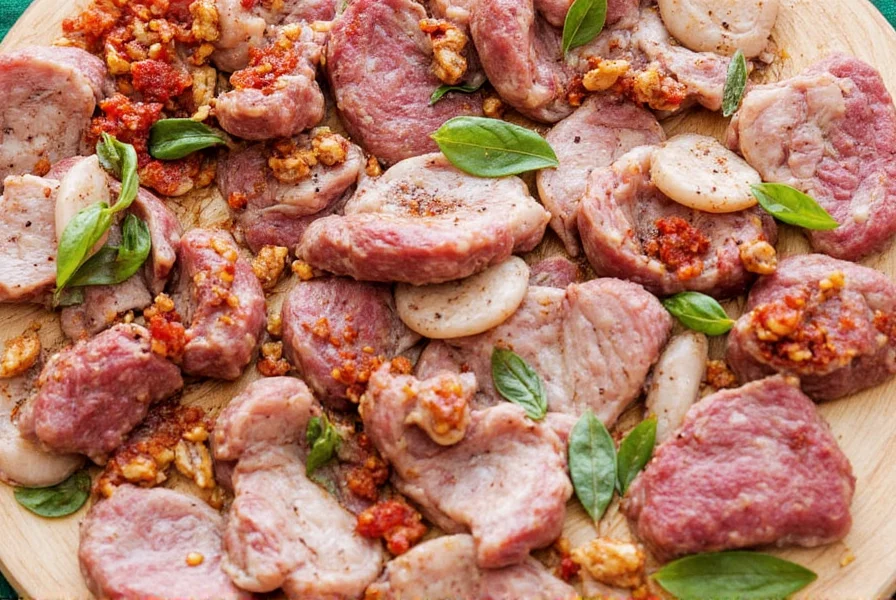
Practical Tips for Cooking with Meat and Spices
Follow these evidence-based tips to maximize flavor and avoid common mistakes:
- Use Fresh Spices: Store in airtight containers away from heat and light; ground spices last 1-2 years, whole spices 3-4 years.
- Balance Flavors: Combine sweet (brown sugar), salty (sea salt), sour (citrus), and umami (soy sauce) for complex profiles.
- Season Early: For tough cuts like brisket, apply dry rubs 12-24 hours before cooking for deep flavor penetration.
- Experiment with Combinations: Try 3-4 complementary spices (e.g., cumin + coriander + chili powder for Mexican-style beef).
- Use Dry Rubs: Apply 1-2 tablespoons per pound of meat 30 minutes before cooking for a flavorful crust.
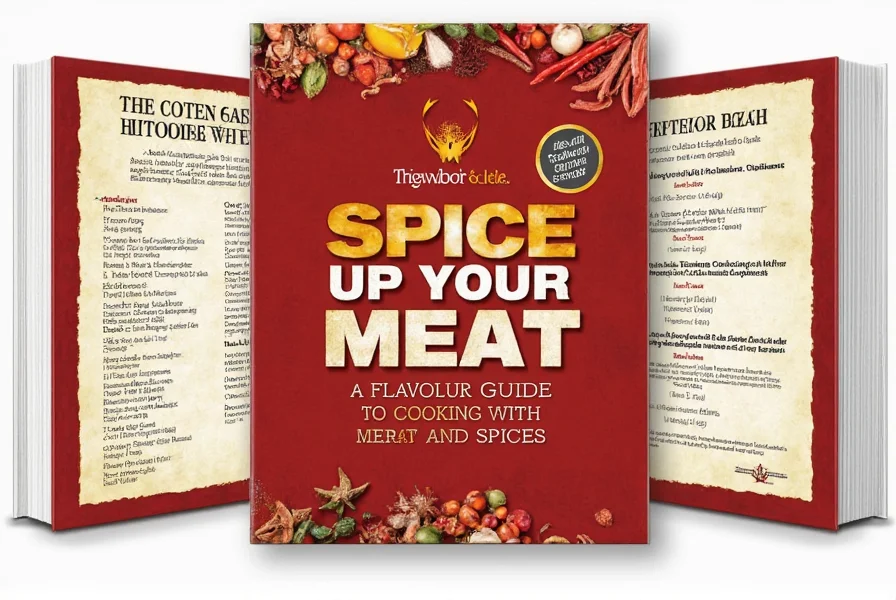
Cooking Techniques That Elevate Meat
Match techniques to spice profiles for optimal results:
- Grilling: High heat sears spices; use smoky paprika and cumin for charred flavor.
- Roasting: Ideal for whole spices; rub with garlic powder and rosemary for even flavor distribution.
- Braising: Slow cooking melds spices; add oregano and thyme early for deep flavor infusion.
- Stir-frying: Quick cooking requires pre-mixed spices; use ginger and soy sauce for Asian-inspired dishes.
- Smoking: Infuse with aromatic spices like juniper berries and allspice for rich, complex notes.
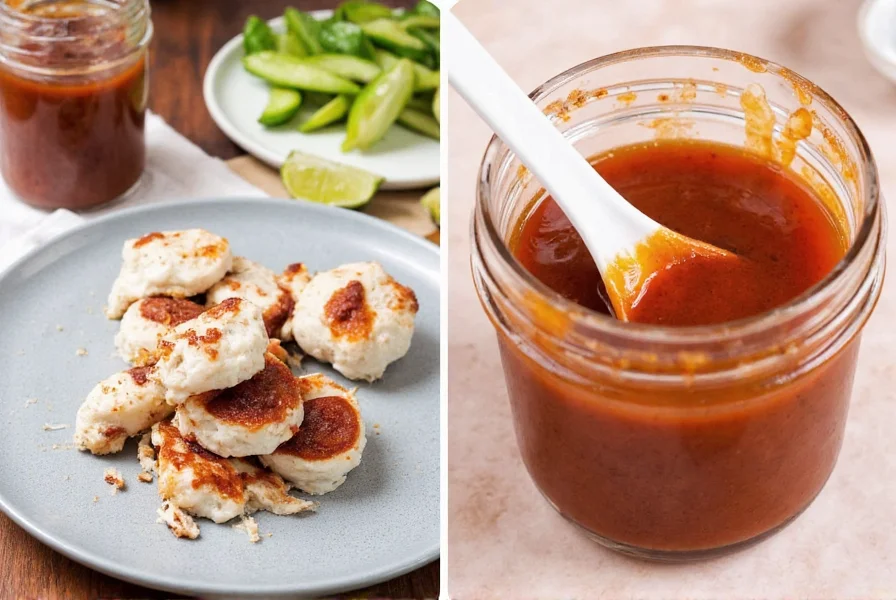
Buying Guide: Choosing the Right Spices for Meat
Make informed purchases with this detailed reference:
| Spice | Best For | Flavor Profile | Usage Tip |
|---|---|---|---|
| Paprika | Beef, Chicken, Pork | Smoky, Sweet, Spicy | Use smoked paprika for grilled meats and sweet paprika for sauces. |
| Cumin | Lamb, Beef, Tacos | Earthy, Warm, Nutty | Great for tacos, stews, and meatloaf. |
| Oregano | Italian Dishes, Pizza | Herby, Slightly Bitter | Add to tomato-based sauces or sprinkle over roasted meats. |
| Garlic Powder | All Meats, Sauces | Savory, Pungent | Use in rubs or seasoning blends for convenience. |
| Black Pepper | All Meats, Soups | Peppery, Sharp | Always keep a fresh grinder on hand for maximum flavor. |
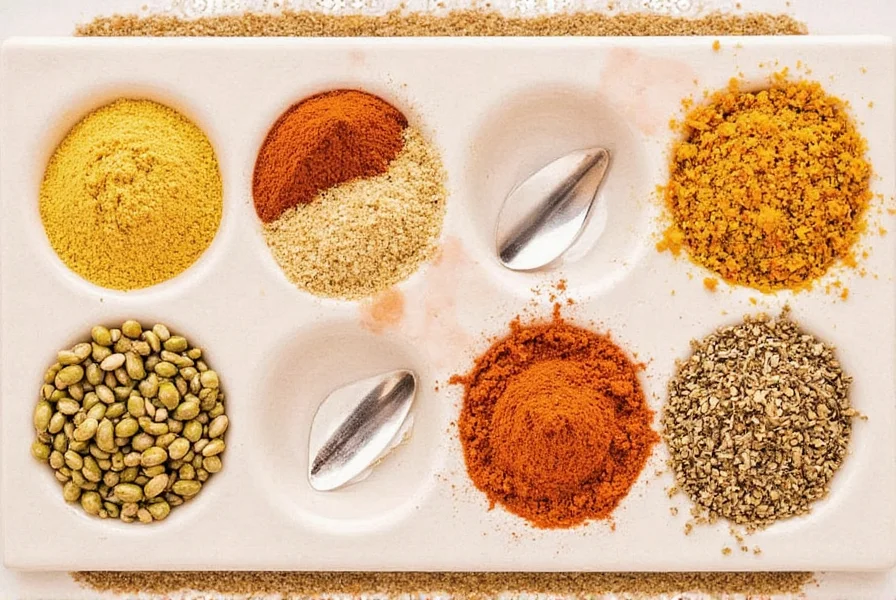
For unique twists, explore specialty blends: Italian seasoning for pasta dishes, Mexican chili powder for tacos, or garam masala for Indian-inspired curries. Always check expiration dates and buy from reputable suppliers to ensure freshness.
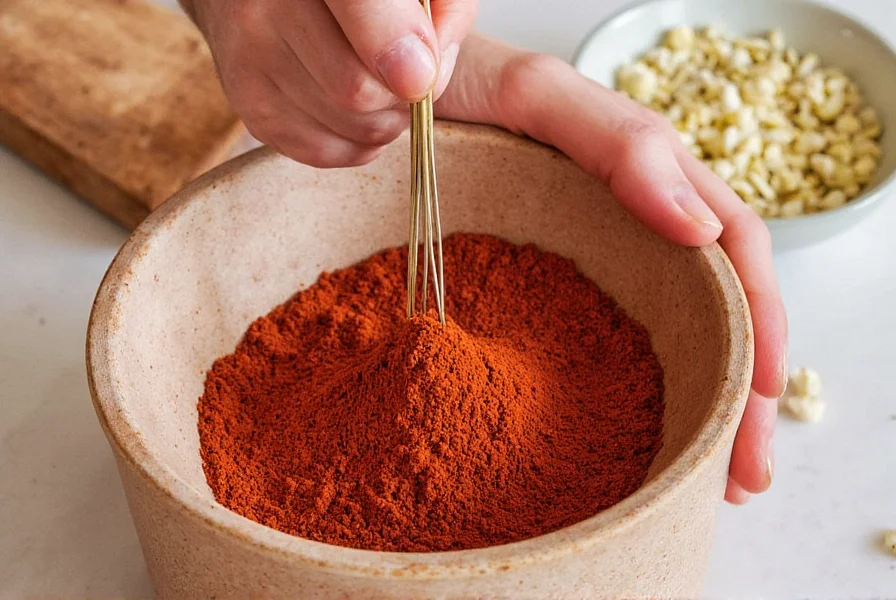
Frequently Asked Questions About Cooking with Meat and Spices
When is the best time to apply spices to meat before cooking?
The timing depends on the cut and cooking method. For tougher cuts like brisket or pork shoulder, season at least 1-2 hours before cooking (or even overnight) to allow flavors to penetrate. For thinner cuts like steaks or chicken breasts, 30-60 minutes is sufficient. With dry rubs, you can apply right before cooking, but allowing some resting time enhances flavor absorption.
How should I store spices to maintain their potency?
Store spices in airtight containers away from heat, light, and moisture. The best locations are cool, dark cabinets - not above the stove where heat and steam can degrade quality. Whole spices last longer (3-4 years) than ground spices (1-2 years). To test freshness, rub a small amount between your fingers and smell - vibrant spices will have a strong aroma.
Which spices work best with different types of meat?
Beef pairs well with robust spices like black pepper, garlic, cumin, and paprika. Chicken works with versatile options like oregano, thyme, and lemon pepper. Pork complements sweeter spices like cinnamon, cloves, and allspice, as well as savory options like sage and fennel. Lamb shines with mint, rosemary, and cumin. Fish and seafood typically pair best with lighter herbs like dill, parsley, and tarragon.
How can I tell if my spices are still fresh and potent?
Fresh spices should have vibrant color and a strong aroma. To test: rub a small amount between your fingers and smell it. If the scent is weak or barely noticeable, it's time to replace them. Another test: sprinkle a small amount in hot water. Fresh spices will color the water and release aroma quickly, while stale ones will have minimal effect. Generally, ground spices last 1-2 years, while whole spices can remain potent for 3-4 years.
What's the difference between using fresh herbs versus dried spices with meat?
Dried spices are more concentrated (typically 3 times stronger than fresh), so use less. They're better for long cooking methods like braising or roasting where flavors have time to develop. Fresh herbs are more delicate and should be added toward the end of cooking to preserve their flavor and color. Some spices like garlic and onion work better dried for consistent flavor distribution, while herbs like cilantro and parsley are best used fresh.
Can I create my own spice blends at home, and how should I store them?
Absolutely! Homemade spice blends allow you to customize flavors to your taste. Start with small batches (1/4 cup) so they stay fresh. Combine complementary spices - for example, a basic BBQ rub might include paprika, brown sugar, garlic powder, onion powder, salt, and black pepper. Store blends in airtight containers in a cool, dark place, and label with the date. Most homemade blends stay potent for 3-6 months. For longer storage, keep them in the freezer.
Conclusion
Mastering meat dishes starts with understanding spice pairings and techniques. By applying these expert tips—from selecting the right spices for each meat type to proper storage and cooking methods—you'll consistently create flavorful, restaurant-quality meals. Remember: experimentation is key. Start with trusted combinations, then adjust to your taste. Happy cooking!
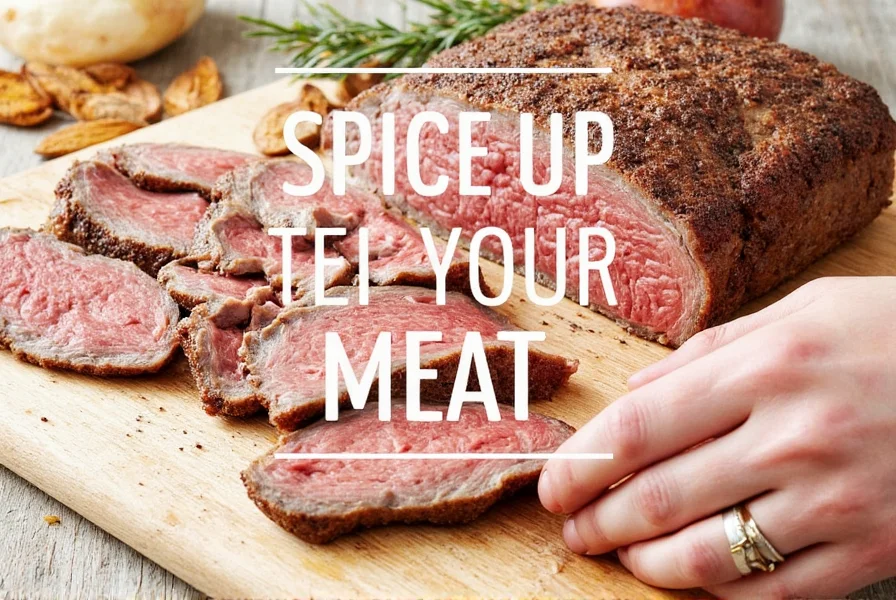
Now that you know the fundamentals, grab your favorite cut of meat, season with confidence, and enjoy the journey of creating delicious, spice-infused meals.

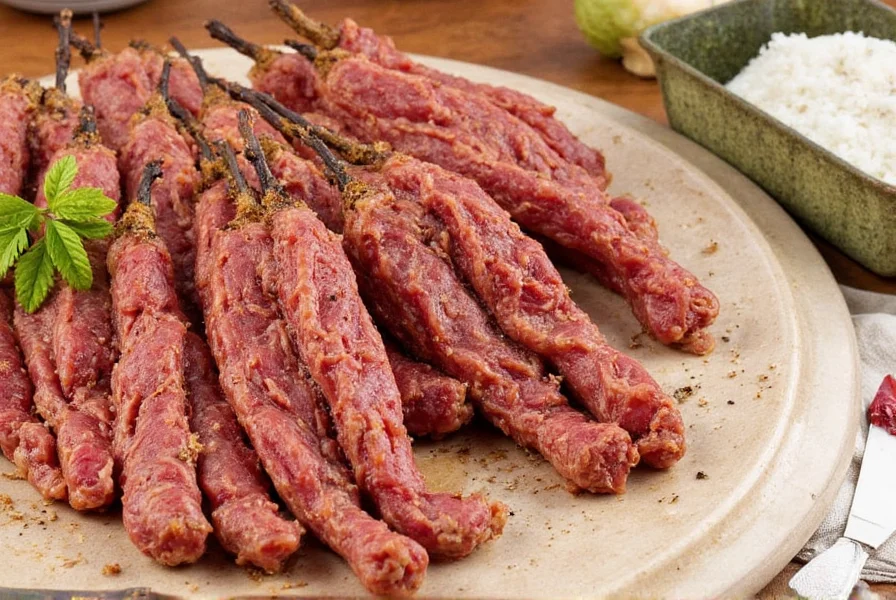









 浙公网安备
33010002000092号
浙公网安备
33010002000092号 浙B2-20120091-4
浙B2-20120091-4